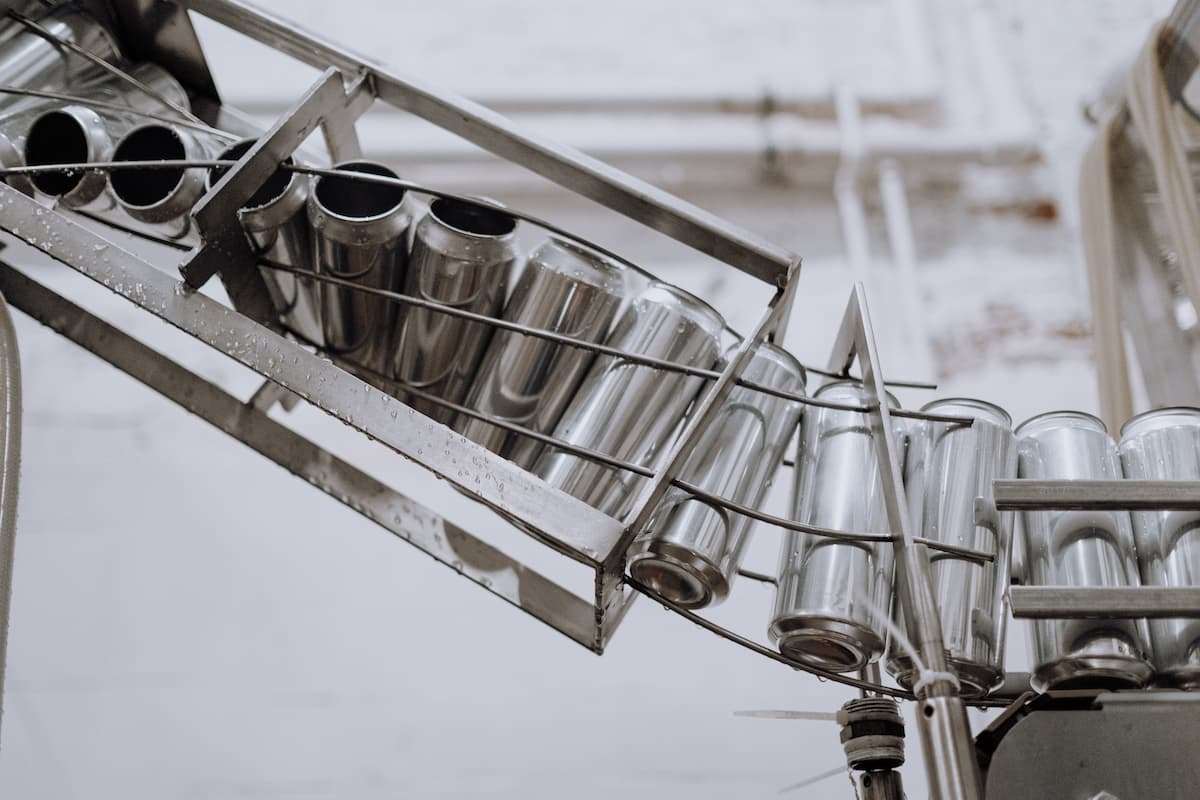When limited to a small geographic area or to short-distance trips, local service is often called circulator, feeder, neighborhood, trolley, or shuttle service. Other types of bus service are express service, limited-stop service, and bus rapid transit (BRT). Government Funds, Local (also called Local Assistance) is financial assistance from local governments (below the state level) to help cover the operating and capital costs of providing transit service. Some local funds are collected in local or regional areas by the state government acting as the collection agency but are considered local assistance because the decision to collect funds is made locally. Government Funds, Federal (also called Federal Assistance) is financial assistance from funds that are from the federal government at their original source that are used to assist in paying the operating or capital costs of providing transit service.
One commenter stated that NTD reporting should continue to be done by the transit agencies and not by the TNCs. Vehicle Revenue Hours are the hours traveled when the vehicle is in revenue service (i.e., the time when a vehicle is available to the general public and there is an expectation of carrying passengers). Vehicle Total Hours are the hours a vehicle travels from the time it pulls out from its garage to go into revenue service to the time it pulls in from revenue service, including purchased transportation “deadhead” miles without passengers to the starting points of routes or returning to the garage. For conventional scheduled services, it includes both revenue time and deadhead time. For conventional scheduled services, it includes both revenue miles and deadhead miles. Revenue Vehicle is a vehicle in the transit fleet that is available to operate in revenue service carrying passengers, including spares and vehicles temporarily out of service for routine maintenance and minor repairs.
FTA also received several comments that were related to this proposal but were not directly relevant to the request. In several cases, these comments misstated current NTD reporting requirements. For the sake of clarity, a summary of these comments and any necessary clarifications are included in this response.
- In contract bidding, governments release bids to multiple companies and then choose the company that offers the best price and quality combination overall.
- Miles of Track is a measure of the amount of track operated by rail transit systems where each track is counted separately regardless of the number of tracks on a right-of-way.
- Revenue Service is the operation of a transit vehicle during the period which passengers can board and ride on the vehicle.
In addition, FTA will update the NTD Policy Manual to include appropriate guidance disclaimer language, pursuant to 49 CFR 5.29. While other carriers highlighted their hiring advancements in helping lower linehaul costs during their Q2 earnings calls, XPO President of Less-than-Truckload Mario Harik noted his company’s investments in domestic equipment production. Traffic Light Preemption equipped vehicles are able to, either automatically by sensors or as a result of operator action, adjust traffic lights to provide priority or a green light. Rehabilitated transit vehicles are those rebuilt to the original specifications of the manufacturer.
Passenger-Operator Intercom equipped vehicles have an intercom system that allows passengers and the vehicle’s or train’s operator to communicate with each other. Average Age of transit vehicles is calculated from the difference between the current year and each vehicle’s model year, not from the vehicle’s actual date of manufacture or delivery. Alternate Power transit vehicles are vehicles powered by any fuel except straight diesel or gasoline.
Transfer Surcharge is an extra fee charged for a transfer to use when boarding another transit vehicle to continue a trip. Materials and Supplies are the tangible products obtained from outside suppliers or manufactured internally. Freight, purchase discounts, cash discounts, sales and excise taxes (except on fuel and lubricants) are included in the cost of the material or supply. Fringe Benefits are the payments or accruals to others (insurance companies, governments, etc.) on behalf of an employee and payments and accruals direct to an employee arising from something other than a piece of work.
Examples of Purchased transportation in a sentence
Procure IQ was developed in coordination with our customers as the historic market volatility and emerging challenges from COVID-19 pressured transportation plans and fiscal commitments. We engaged dozens of customers in Robinson Labs and identified opportunities through the insights from the supply chain experts, data scientists and engineers engaged in the cross functional effort. Our work together has led to a product and approach that will enhance the way transportation is purchased. Two-Way Radio equipped transit vehicles have a two-way radio system that allows the vehicle operator and the operating base or control center to communicate with each other.
Examples of Procurement of transportation in a sentence
Mode is a system for carrying transit passengers described by specific right-of-way, technology, and operational features. Smart Cards are small cards, usually plastic, with an imbedded computer chip good for one or more trips that is usually altered by a fare collection machine removing some or all of the stored value as each trip is taken. Capital Employee is an employee whose labor hour cost is reimbursed https://accounting-services.net/ under a capital grant or is otherwise capitalized. And IPC is not alone in their hunger for this type of advanced technology. Robinson’s largest customers, revealed that more than 50% are looking for tools just like this to help them in the areas of predictive analytics, reporting and dashboard development. But expect occasional pushback from shippers with their own existing transportation relationships.
D. Changes to the A–20—Adjust the Reporting Categories for Special Trackwork
Purchased transportation does not include franchising, licensing operation, management services, cooperative agreements or private conventional bus service. FTA received four comments on the proposed clarification of the definition of reportable attempted suicides. One agency expressed concern about the requirements that both the attempt and the intent must be verified by a third party. It stated that it is “unlikely to have a police report to provide in a timely manner.” A second agency recommended including “apparent” or “perceived” before “intention” and “intent” in the clarification of attempted suicide.
Heavy Rail is a mode of transit service (also called metro, subway, rapid transit, or rapid rail) operating on an electric railway with the capacity for a heavy volume of traffic. It is characterized by high speed and rapid acceleration passenger rail cars operating singly or in multi-car trains on fixed rails; separate rights-of-way from which all other vehicular and foot traffic are excluded; sophisticated signaling, and high platform loading. Automated Guideway Transit (also called personal rapid transit, group rapid transit, or people mover) is an electric railway (single or multi-car trains) of guided transit vehicles operating without an onboard crew. Service may be on a fixed schedule or in response to a passenger activated call button. Fringe Benefits are payments to employees for time not actually worked and the cost of other employee benefits to the transit agency. Payment for time not actually worked includes payments to the employee for vacations, sick leave, holidays, and other paid leave.
Security or CCTV Type Camera equipped vehicles have cameras installed inside the vehicle for security purposes. Automatic Passenger Counter equipment counts passenger boardings/alightings but is not part of the farebox. Average Trip Length is the average distance ridden for an unlinked passenger trip computed as passenger miles divided by unlinked passenger trips.
Through the innovative tool, they’re able to leverage custom data visualizations and tailored recommendations for optimal procurement and capacity strategies on each shipment from fresh food to kitchen equipment. In leveraging Procure IQ, large shippers have uncovered that up to 60% of their routes would capture an increase in savings and/or service reliability by purchasing that transportation outside of the traditional RFP process. This insight is the result of executing more than a billion dollars of freight transportation through the tool in collaboration with participating Beta testing customers. We recently announced our latest innovation, Procure IQ®, which reimagines the way shippers purchase transportation. Developed inside our innovation incubator Robinson Labs, Procure IQ uses predictive analytics, artificial intelligence and C.H. Robinson’s unmatched dataset with billions of transactions from a community of 200,000 unique carriers and shippers, to provide our customers with a roadmap of the most optimal procurement and capacity strategies.
One of the main reasons transportation procurement is important is because it can save money on transportation expenses. For example, if the government hires a private company to transport personnel, that company may charge less than if the government were to use its own personnel carrier. In addition, transportation procurement can help ensure that the chosen means of transportation are appropriate for the task at hand. For example, if a government needs to move large amounts of cargo by air, it will want to choose an aircraft that is suited for this type of transport. FTA did not receive any comments on the proposed change regarding reporting on the use of automatic passenger counters (APC). FTA will implement its proposal and begin capturing the use of APCs on the D–10 effective immediately.
Accessible Vehicles are transit passenger vehicles that do not restrict access, is usable, and provides allocated space and/or priority seating for individuals who use wheelchairs. Vehicles Operated Maximum Service is the largest number of vehicles operated at any one time during the day, normally during the morning or evening rush hour periods. Other is capital expense that does not fall in the categories defined above.


